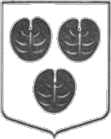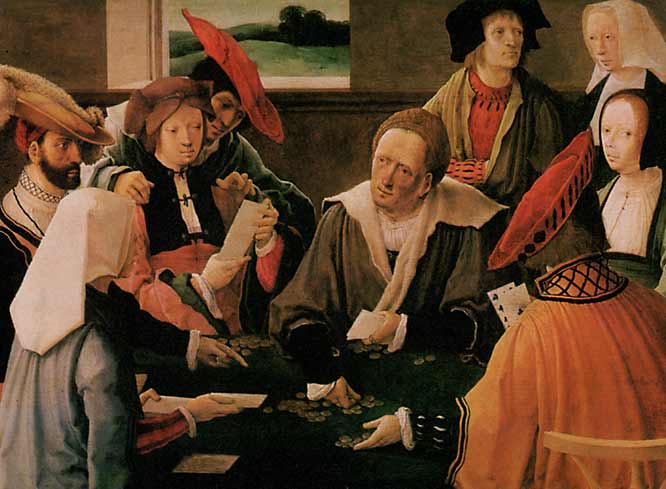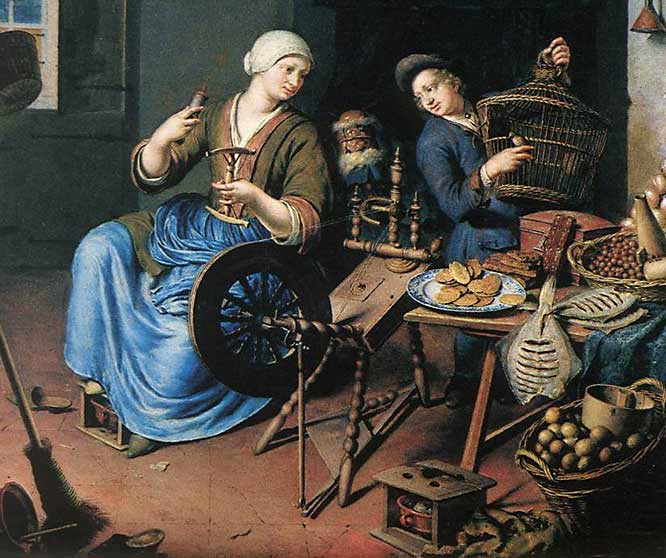
has not any students upon foundations as those
Oxford and Cambridge have with us, but (they)
lodge in private houses and repair at stated
hours to the lectures held by the professors
of those sciences they choose to apply themselves to.
| When that
is over they are perfect masters of themselves, being subject to no discipline
of forms. They have several small privileges, as to be excused paying
the yearly duties due to the city and State upon half a tun of beer and
the quarterly duty upon forty quarts of wine.
Their greatest privilege and which I think indeed too great, considering they are under no proper regulation, is that in case of quarrels and even murder they are exempt from the jurisdiction of the criminal court, and can be tried only before the Rector Magnificus of the university, assisted by four assesors, four burgomasters and twe sheriffs or judges, who are generally observed to suffer the guilty person to make his escape. But neither this nor other privileges are allowed them unless they cause themselves to be admitted members of the universitey and their names be annually entered in the matriculate book by the rector above mentioned. |
||
 |
||
| The townhouse
stands in one of the broadest streets of the city and is a handsome old
pile of building. The magistrates have therein their several offices for
transacting public business and from thence issue all orders that conern
the government of the city. The rooms are but meanly furnished, yet there
are two or three good paintings and among the rest a celebrated piece of
Lucas van Leyden; the subject is the Last Judgement.
It is extraordinarily well preserved, though of great antiquity, for that the painter died in 1533. He was famous in his time though he never travelled further to perfect himself than to Flanders. There are several of his (en)gravings in which art he so well imitated Albert Durer that they contracted a great intimacy. He fancied himself poisoned by a rival in his art and throwing himself into a milk diet, languished for six yearsand then deceased thirtynine years old. The burghers (far happier in this respect than the subject of Great Britain) without the obligation of calling lawyer to their assistance, plead their own causes before these burgomasters, and a speedy end is put to their differences. The court of sheriffs takes cognizance both of civil and criminal causes. In it the great bailiff presides, and it is only before him that the lawyers are allowed to plead. He had under him two deputies or lieutenants, who, with inferior officers called ``dienders``, have charge to seize on criminals and carry them to prison. Thither the sheriffs repair to examine them of the facts laid to their charge. When they refuse to own the crime of which by several circumstances they are suspected to be guilty, they are put on the rack, which generally extorting a confession, they are afterwards executed at the instance of the great bailiff. Torture
|
||
|
||
| Art
The polite arts are yet subsisting here. Mr Carel de Moor and Mr van Mieris are two very good painters in their way. The first for faces, the other for small history. Mr Smeltzing is eminent for carving and striking medals, Mr Johan van Musschenbroeck for microscopes and mathematical instruments and Mr Vermey for casting busts and other figures in plaster.
|
